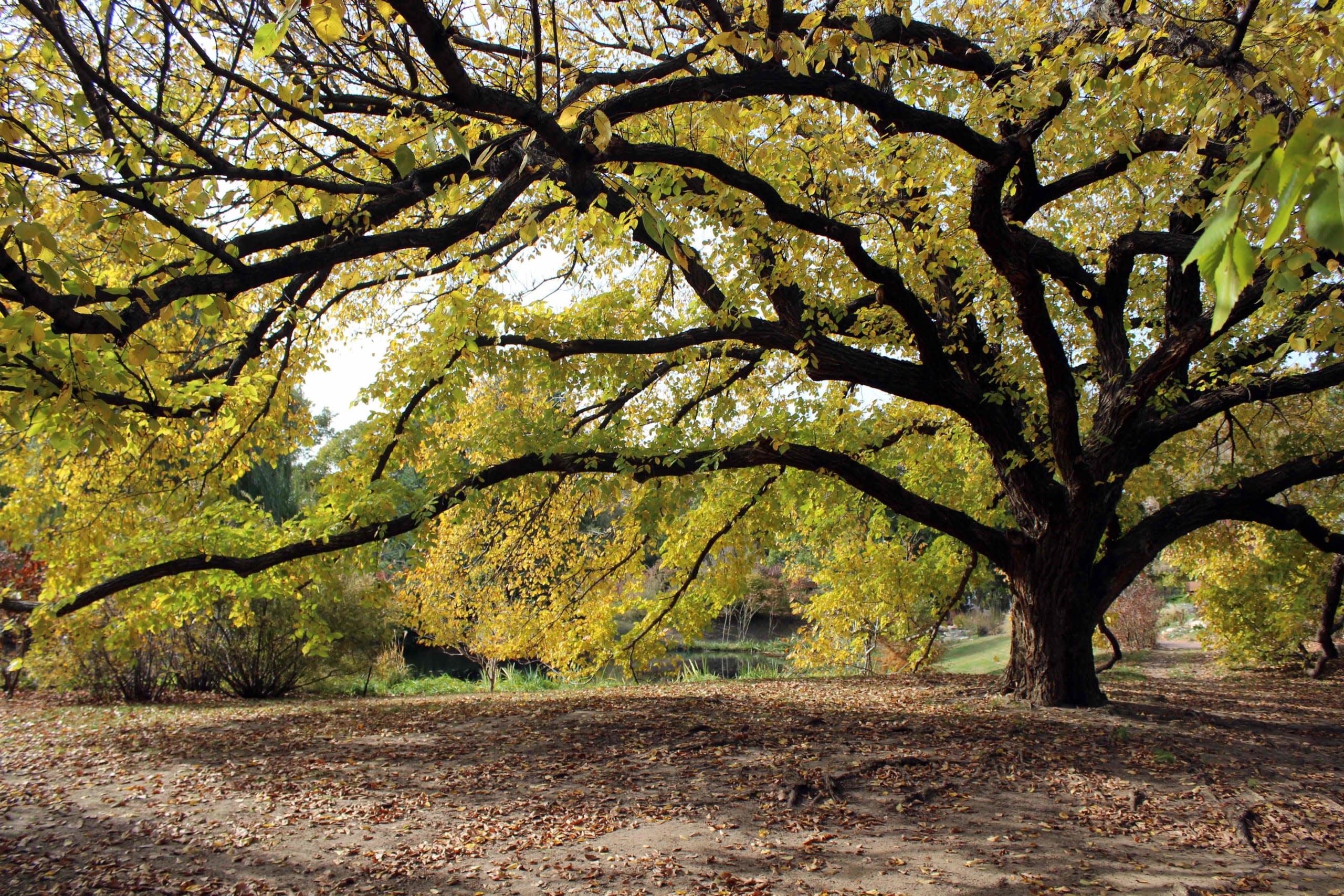 Listen to this article
•
15:34 min
Listen to this article
•
15:34 min
The health of the world’s biodiversity is critical. Every year the status of more and more species becomes perilous. Monitoring this information is The International Union for Conservation of Nature’s Red List of Threatened Species (IUCN Red List) that has evolved to become a comprehensive resource on the global conservation status of animal, fungi, and plant species.
The latest IUCN Red List, released on 18th July 2019, has listed more than 28,000 species as threatened with global extinction, and over 900 species as already extinct. For the first time, more than 100,000 species were assessed, including trees, fungi, and animals. There has been no improvement in the status of any species since the last update in 2018, to move them into a lower threat category. “With more than 100,000 species now assessed for the IUCN Red List, this update clearly shows how much humans around the world are overexploiting wildlife,” said IUCN Acting Director General, Dr Grethel Aguilar in a press release.
Key takeaways from the Red List:
Rhino rays are on the brink of extinction. Closely related to sharks, these marine creatures are illegally traded internationally for their fins, for use in shark fin soup. Fifteen of the sixteen species of rhino rays have been assessed as critically endangered.

Seven species of primates are close to extinction. Of these seven species of primates, six live in West Africa. Some of them such as the roloway monkey are hunted for their meat, while others suffer from habitat loss as forests are converted to agricultural land.

Freshwater fish are becoming extinct. About 50 per cent of Japan’s freshwater fish and a third of Mexico’s are close to extinction. Construction of dams, pollution of rivers due to agricultural and industrial activity, and loss of free-flowing rivers are some of the reasons for their decline.
Deep sea creatures are threatened. Some 500 species of deep sea bony fishes have entered the Red List this year. They face threats from deep sea mining, fishing, and gas and oil industries.
Forests and trees are being wiped out. More than 5,000 trees from 180 countries have been added to the Red List this year. These trees are either exploited for their wood or face threats from deforestation. Under threat are 90 per cent of rosewood and palissander tree species. The American elm has been listed as endangered for the first time.
Three species highlighted in the IUCN 2019 Red List:
Hungarian Birch Mouse enters the IUCN Red List as ‘Endangered’. These mice are found in central Romania and Hungary, and prefer undisturbed areas and tall herbaceous vegetation. The species is under threat from use of rodenticides, loss of undisturbed areas, and mechanisation of agriculture.
Menabe Monkey Grasshopper (Tetefortina lohenae) This rare flightless grasshopper is found on the west coast of Madagascar. The major threat to this species is deforestation. The species entered the 2019 IUCN Red List as ‘Critically Endangered’.
Allophylus samoritourei This West African evergreen tree is used for treating fevers and epilepsy. The species is highly threatened by mining, agriculture, and urban expansion. It entered this year’s IUCN Red List as ‘Endangered’.
“This Red List update confirms the findings of the recent IPBES Global Biodiversity Assessment: nature is declining at rates unprecedented in human history,” said Jane Smart, Global Director of the IUCN Biodiversity Conservation Group, in a statement.
From the densest forests to the deepest seas, every natural habitat is seeing destruction and decline, mainly due to development, trade, and climate change. The IUCN notes that it is critical that governments develop policies for conservation of global biodiversity.








